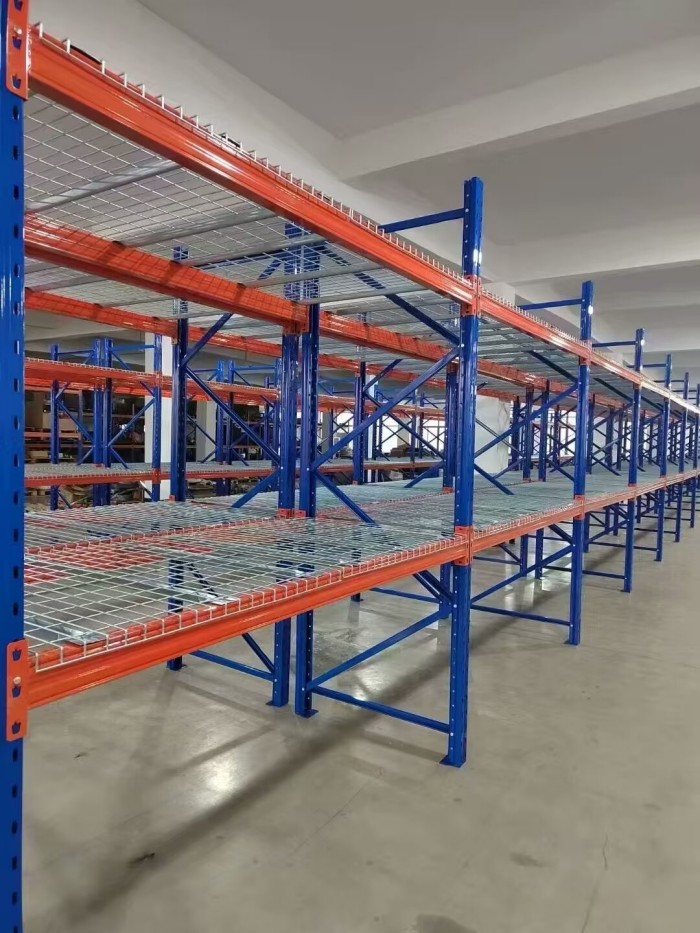Containerization has revolutionized the global shipping industry, enabling efficient transportation of goods across continents. However, the process of unloading containers from ships requires careful planning and execution to ensure smooth operations and minimize delays. In this blog post, we will delve into the various techniques employed for unloading containers from ships, highlighting their advantages, challenges, and the role of technology in streamlining the process.
- Traditional Crane-Based Unloading:
The most common method for unloading containers from ships involves the use of cranes. These cranes, equipped with spreader bars, lift containers from the ship's deck and place them onto waiting trucks or railcars. This technique, while widely used, can be time-consuming and labor-intensive, especially when dealing with large vessels carrying thousands of containers. - Mobile Harbor Cranes:
To enhance efficiency, many ports have adopted mobile harbor cranes (MHCs). These versatile cranes can move along the quay, allowing them to unload containers from multiple positions on the ship simultaneously. MHCs offer faster operation, reduced vessel turnaround time, and increased productivity, making them a preferred choice for many container terminals. - Ship-to-Shore (STS) Gantry Cranes:
For mega-container vessels, ship-to-shore gantry cranes are indispensable. These colossal cranes, towering over the ship, can handle multiple containers simultaneously. STS cranes are equipped with advanced automation systems, enabling precise positioning and efficient container handling. However, their installation and maintenance costs are substantial, requiring careful consideration before implementation. - Automated Guided Vehicles (AGVs):
In recent years, the integration of automation and robotics has revolutionized container unloading. AGVs, autonomous vehicles guided by sensors and software, can transport containers from ships to designated storage areas without human intervention. AGVs offer increased safety, reduced labor costs, and enhanced operational efficiency. However, their implementation requires significant infrastructure modifications and substantial initial investment. - Innovative Technologies:
Emerging technologies such as drones and robotic arms are being explored to further optimize container unloading processes. Drones equipped with cameras and sensors can inspect containers, ensuring compliance with safety standards and expediting the identification of damaged or hazardous goods. Robotic arms, capable of precise and delicate movements, can assist in unloading fragile or high-value cargo, minimizing the risk of damage.
Conclusion:
Efficient container unloading from ships is crucial for maintaining the smooth flow of global trade. By adopting a combination of traditional and innovative techniques, ports and container terminals can enhance productivity, reduce operational costs, and improve overall customer satisfaction. As technology continues to advance, the future of container unloading holds exciting possibilities, promising even greater efficiency and automation in this vital industry.







